Cops begins with an intertitle card with a quote by Houdini, which is expressive as it symbolises to the audience the themes of romance and prison. A reverse iris shot takes us into a two shot of Keaton and his girlfriend, keeping the audiences attention on Keaton, who is behind bars. The camera then cuts between a man calling a cab and the taxi driver, parallel edited to show the audience that they are connected and therefore manipulating the audience as they are made to understand the connection between the man and what he was waving at. There is then a long shot though of Keaton sneaking up behind the man to pick up his wallet, letting the audience look where they want, which is a realist filmmaking technique. The same goes for when Keaton tries helping the man into his taxi, but then the film cuts to a mid shot with Keaton centre frame to bring our attention to him looking through the lost wallet, which is expressive as it tells the audience where to look, here, an important plot element. It is also expressive when we cut to a shot of the man in the taxi doing exaggerated shocked expressions and movements to tell the audience that he has realised he’s lost his wallet. The same for when he realises there is no money in it after he has gotten it back.
When the taxi stops and the man gets out, the shot is framed so that after it drives off, Keaton is gone, and the gag is that he has left the man behind without his money, and the man does not know where Keaton has gone too. A fade to black and then fade cut to a new shot of the cab pulling over signifies a passage of time, which is expressionist as it tells the audience information directly, without letting them realise themselves. As Keaton is paying the driver, we cut to a close up of all his money to bring the audiences attention to it and then a mid shot of a man with a newspaper to show that he has noticed all of Keatons cash, which is expressionist as it ensures the audience understands the set up for the upcoming joke. The same happens when the man looks to the right to see the family preparing to leave their home, which the film cuts to, and an intertitle card explains what they are doing directly to the audience, which, again, is expressive.
There is then a vignette shot of the man pretending to cry on the curb to being our attention to his exaggerated and unrealistic reactions, which are expressive and used to give information to the audience that will make them understand the joke. The next intertitle cards explain the joke and we cut to a close up, making the audience focus on the interaction between Keaton and the man. The same thing happens here when the man takes the jacket from the mannequin outside after Keaton steals the horse. There is then a realist wide shot as Keaton begins to load up the furniture but the man comes out and begins helping him, letting the audience focus on what they want to. However, Keaton is still kept centre frame to make him the centre of attention and bring our focus on his confused expression, telling the audience that he does not understand what is happening, an expressive way of communicating the joke.
A fade to black and cross fade tells us that time has passes since the family helped Keaton pack, which is an expressive technique. There is a wide shot when the wife brings out a pair of vases and and a suitcase to Keaton for him to pack, which does not force the viewer to look at a particular thing, but it does cuts closer to Keaton as he crushes the vase in the case, making sure that they see the final gag here. A close up of the address is given is expressive, since it tells us what he is supposed to be doing. The dog biting Keaton’s hand begins in a wide shot, but then cuts to a close up as he is bitten, bringing our attention to the joke for the sake of comedy. There is a wide shot, though, when Keaton uses the punching glove as an indicator, and foe when he accidentally punches the cop with it. The jokes made about police in this film represents the social distrust for police at the time, and the film is shot in an actual real city, which shows what reality was like at the time, but it is not objective reality shown here, which would be realism, since Keaton’s cart is an impossible structure, which is similar to German expressionism, except here it is done for a joke.
There is an iris shot of the gland specialist sign to bring our attention onto it for the sake of the joke being made. There is then a passage of time shown through a cross fade to black, which is also expressive. An intertitle card explains the context of the police parade, but a wide shot lets us look where we want. The same happens when Keaton rolls into the parade. There is also an intertitle card though, explaining that Keaton’s girlfriend if the mayor’s daughter. This police parade scene is a mix of realism and expressionism, as it represents the police force of L.A in the 1920’s, but there is also Keaton carrying an impossible load of furniture on a wagon in the middle of it all. Parallel editing between the cart and the mayor shows his frustration at it, and a close up of Keaton shows his cluelessness in all of this chaos. There is more parallel editing between the terrorist on the roof and Keaton on the wagon to set up the joke of it landing next to him.
We are not shown Keaton jumping off the cart, which is expressionist as it sets up the joke of Keaton hiding behind the umbrella in the panicking crowd. The wide shot here though lets us look around the frame ourselves before noticing Keaton , which is a realist technique. The cops are always kept out of frame before they run at Keaton, which is expressive as it deliberately hides the joke from the audience to make the surprise more comedic. The same thing happens as Keaton walks down the alley with the cops following him before one jumps out in front of him. An iris shot of Keaton sat in the car with a tie as a fake moustache he is expressive as it forces the audience to notice it. The see-saw joke is realist as it is a symmetric wide shot that lets the audience focus on either part of the frame they want, but is an expressive scenario that cuts to a close up of Keaton being ready to jump off to help us understand the joke. A vignette shot brings our attention to Keatons’s disapproving girlfriend, and a wide shot with Keaton centre frame to keep our focus on him, which is an expressionist technique of conveying a joke. The final shot of the gravestone is expressionist, as it makes us focus on the joke of his bizarre death.
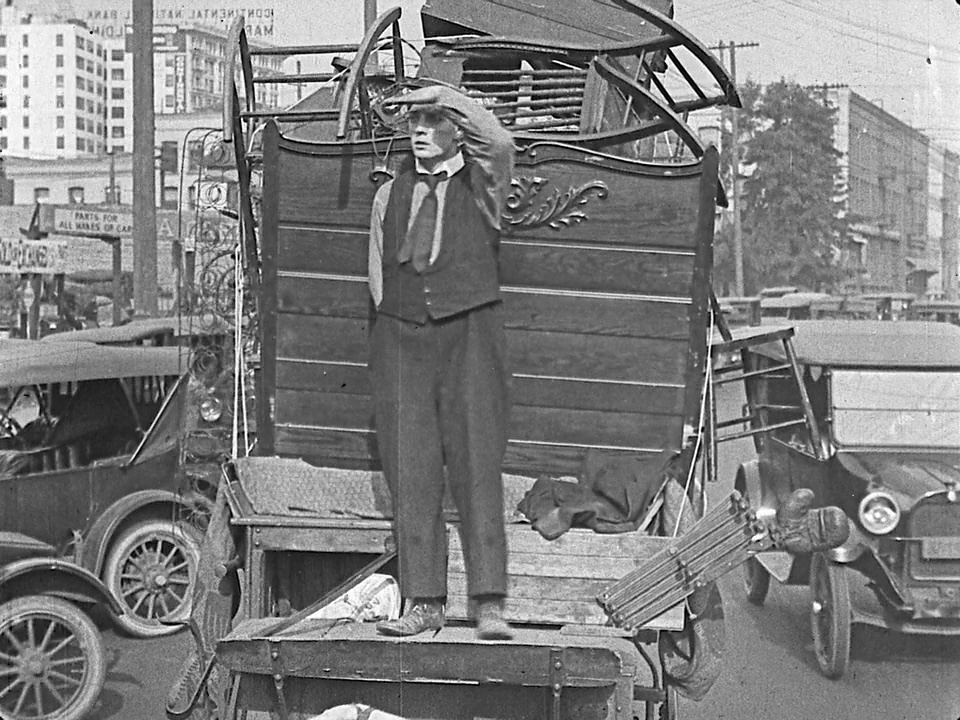
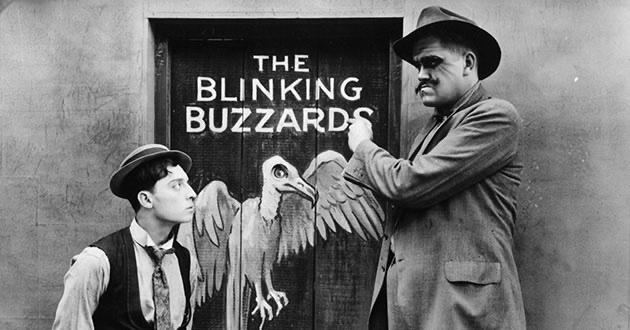

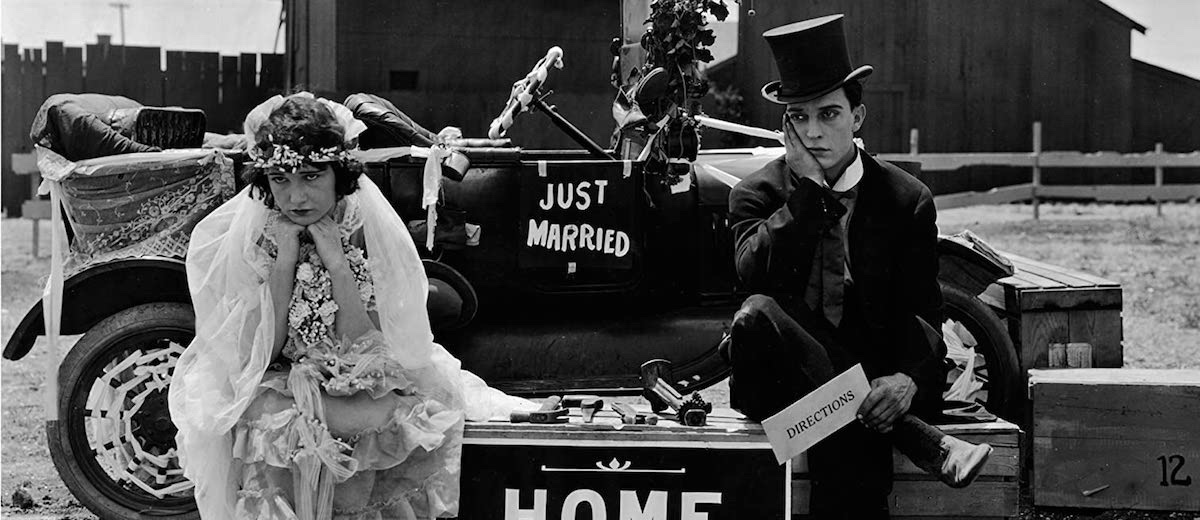

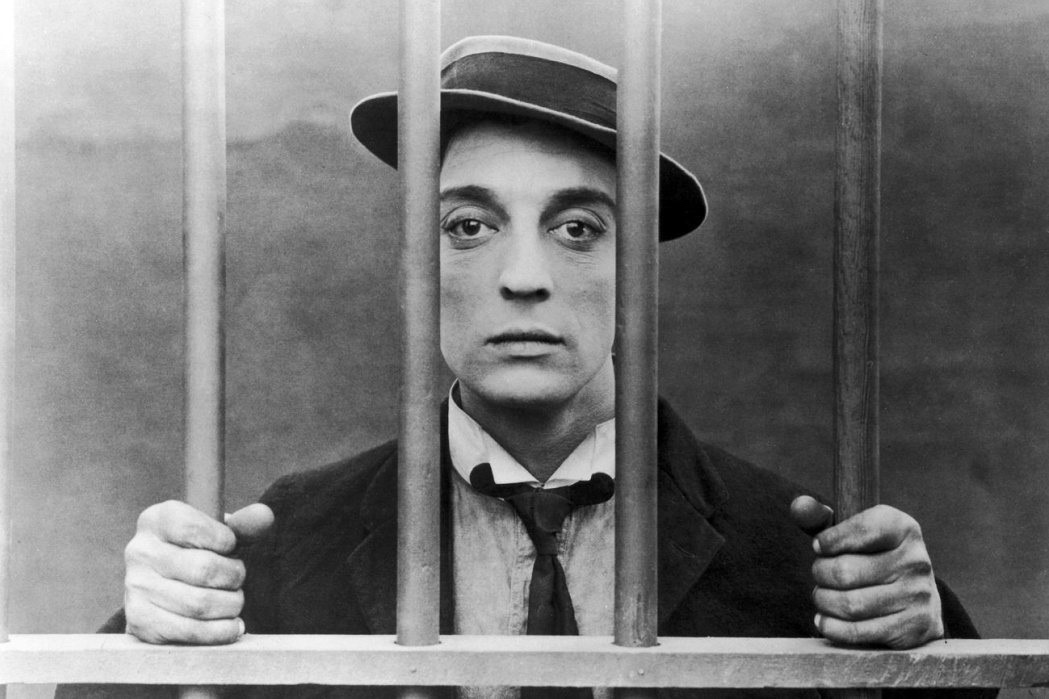
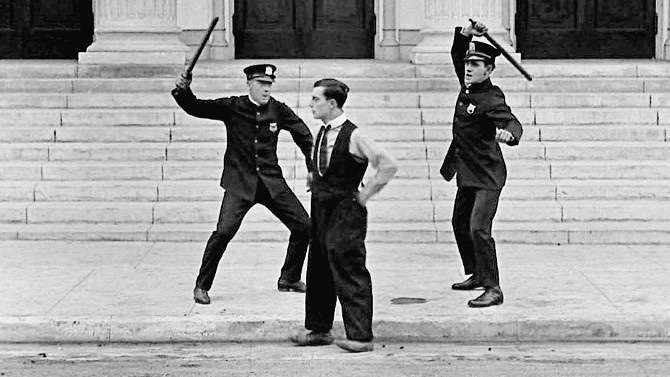
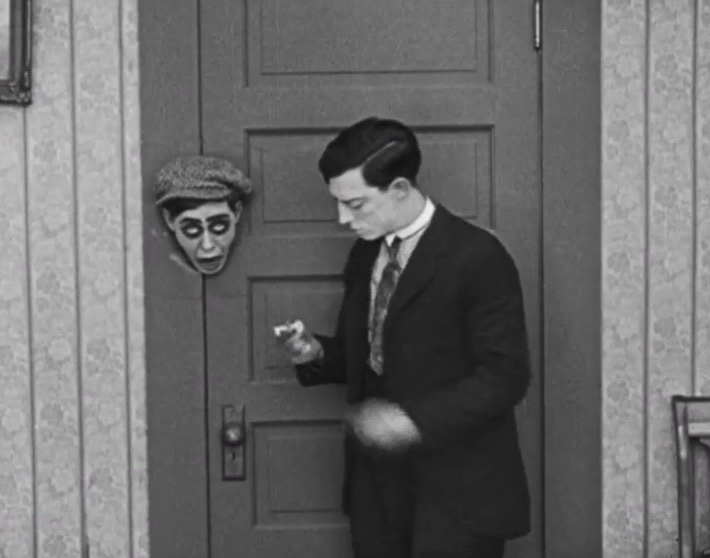
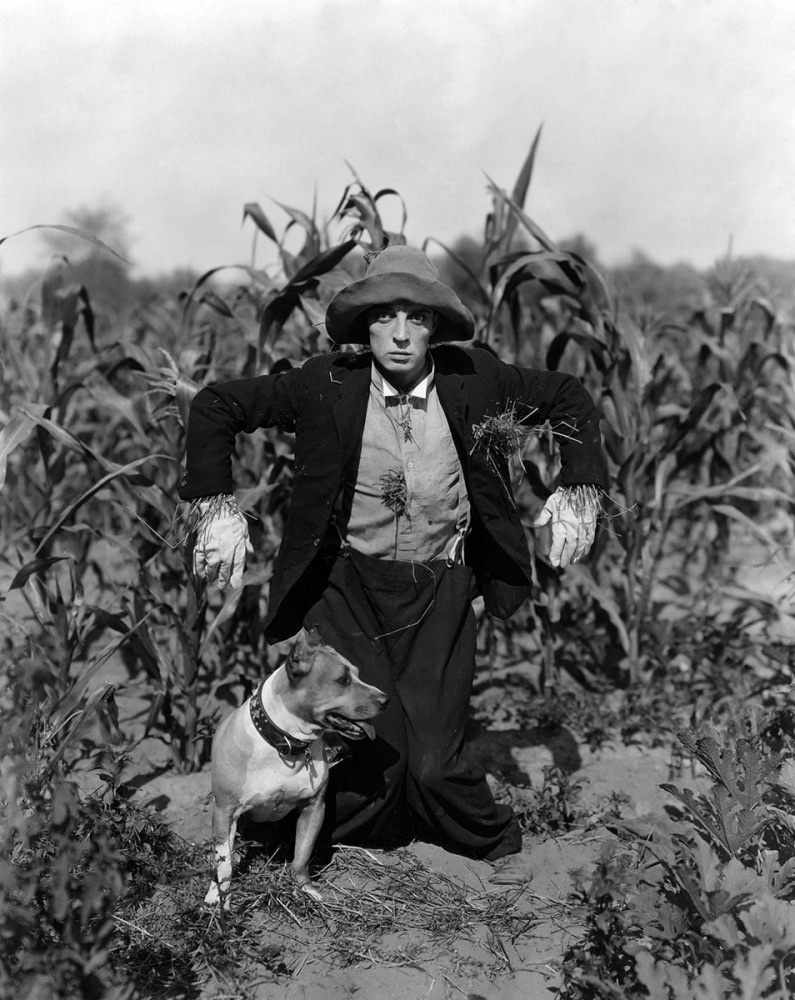
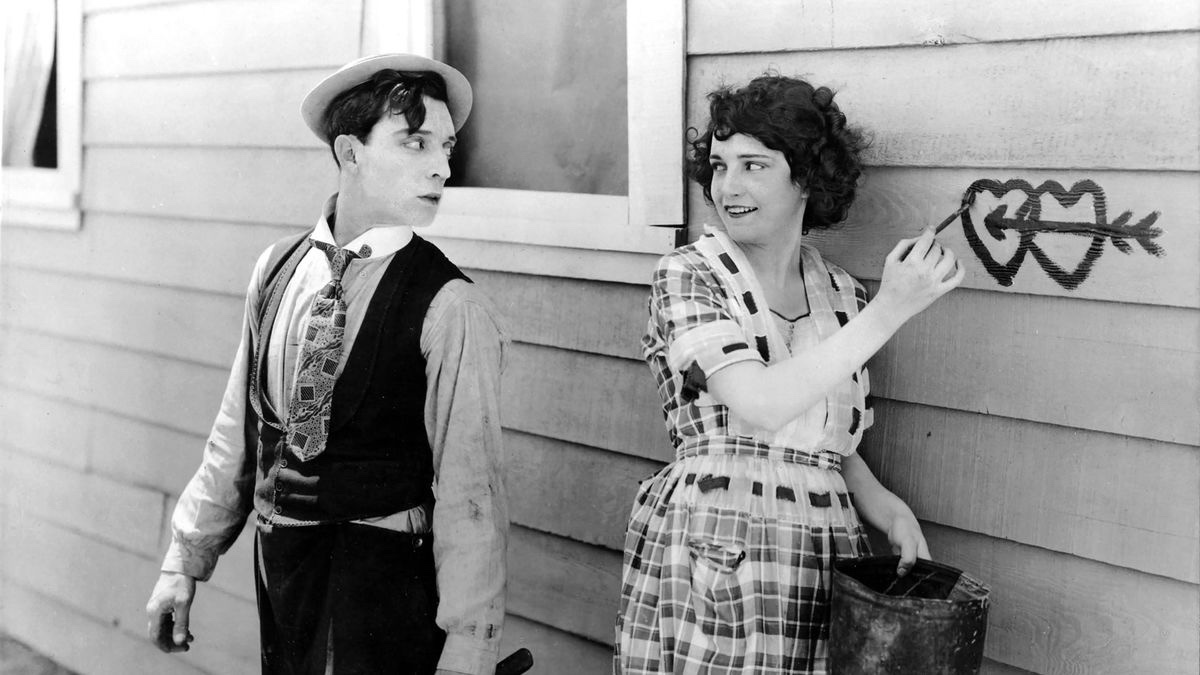
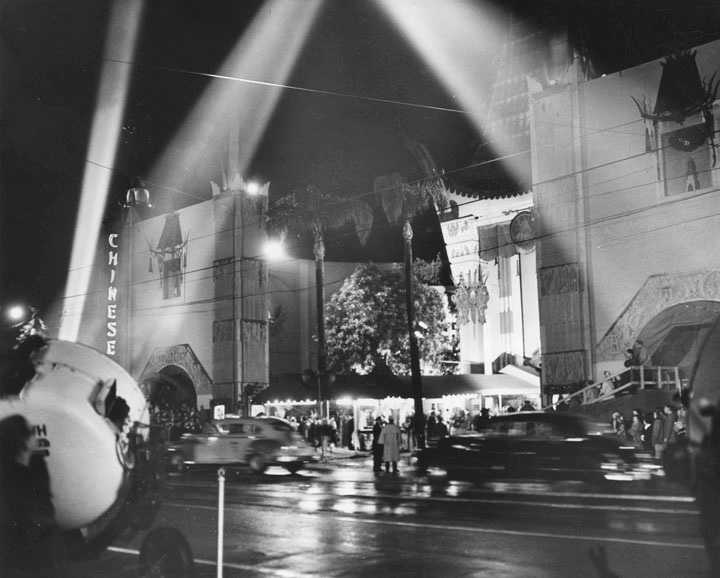
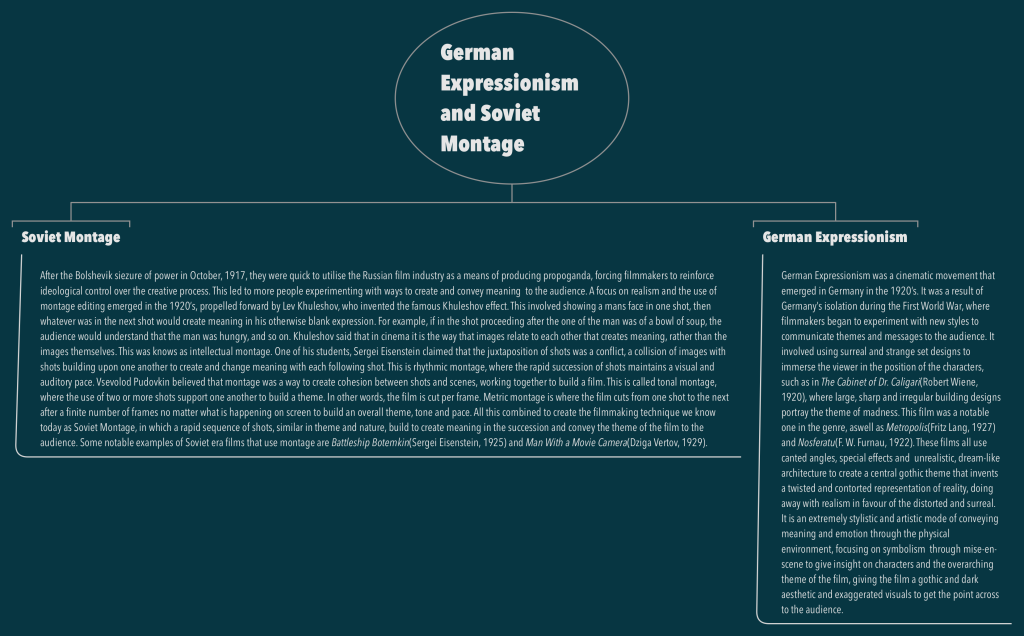
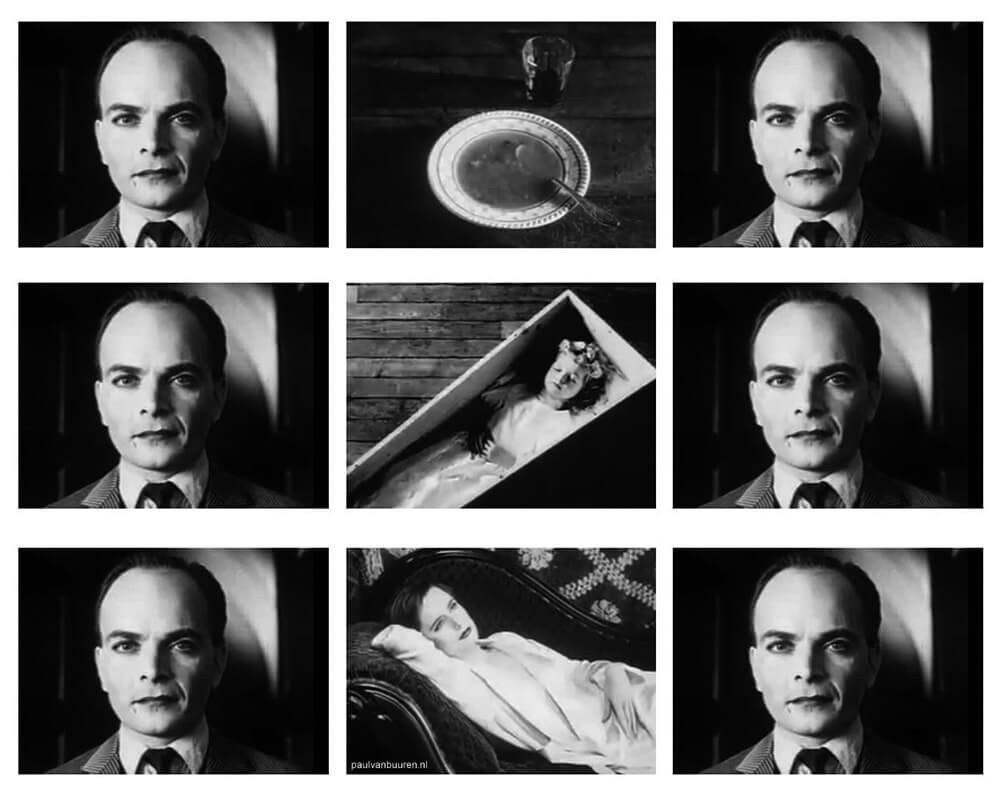
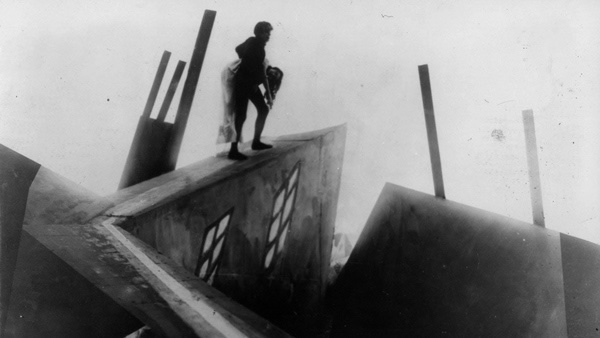

You must be logged in to post a comment.